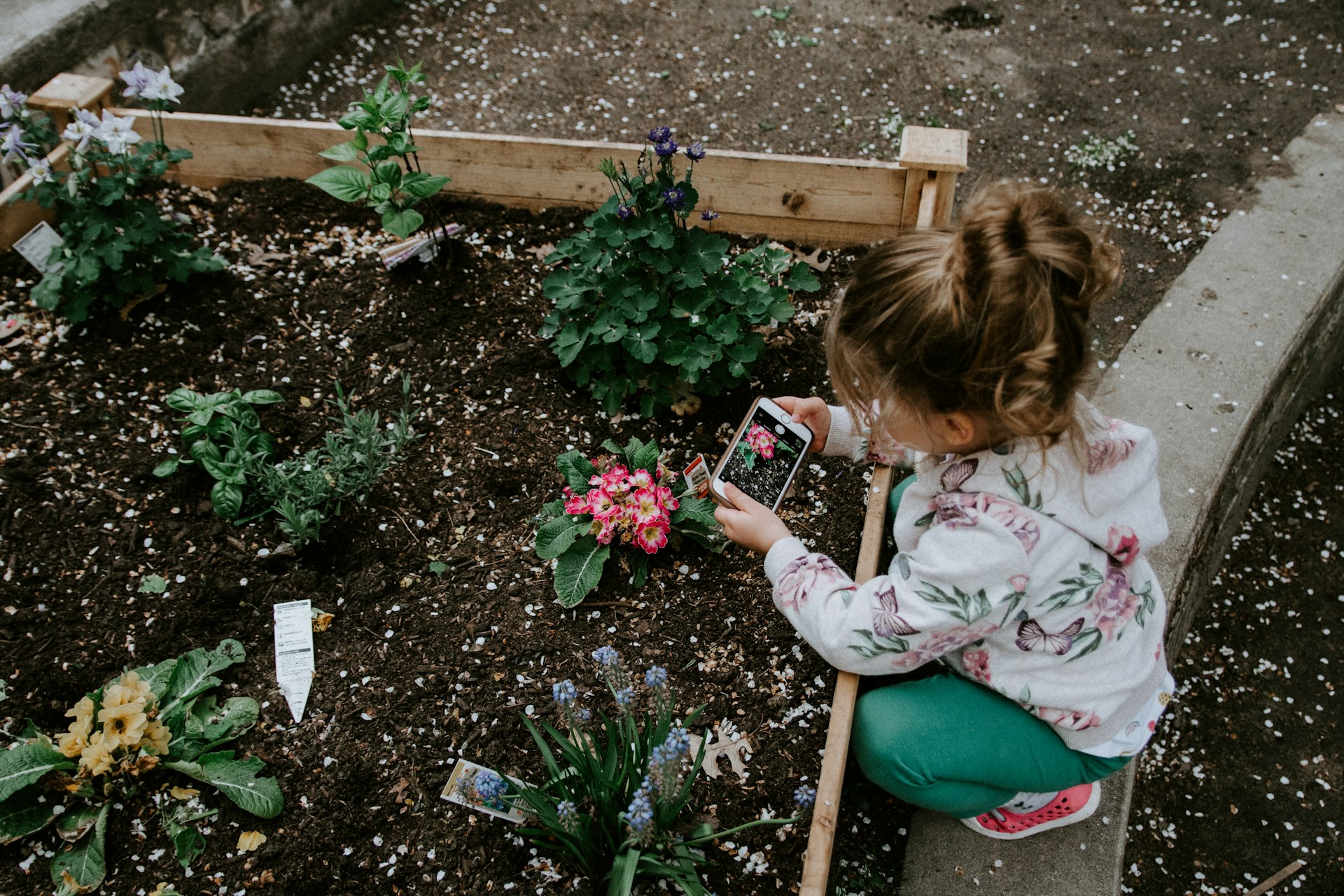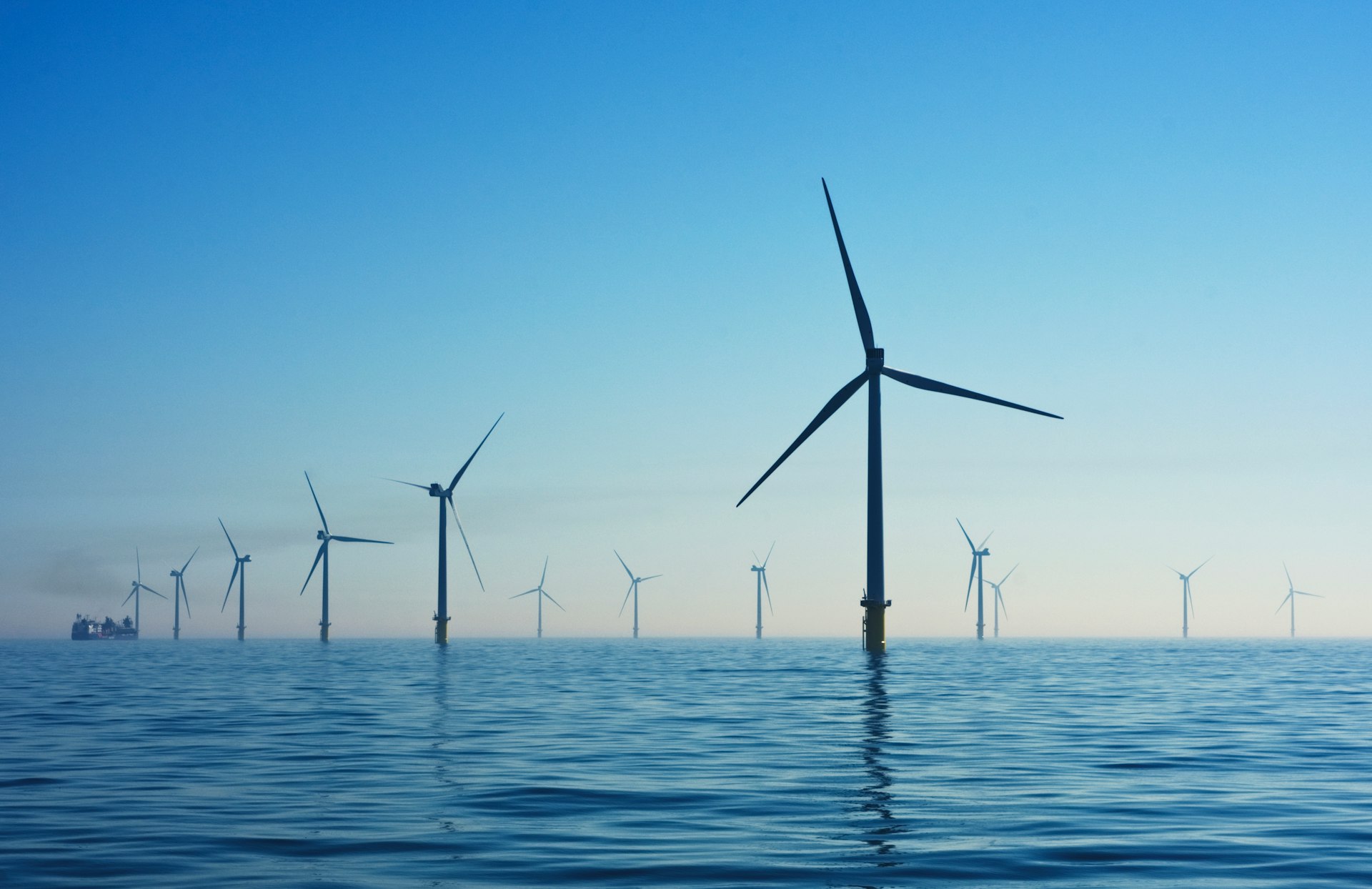Heal Earth Neuroinclusive Climate & Sustainability Curriculum
Heal Earth is a pioneering curriculum framework that weaves together interdisciplinary interlinks, climate literacy, and neuroinclusive pedagogy. Designed by expert educators and climate ambassadors, it supports both neurodiverse and mainstream learners to connect deeply with the living planet, through sensory-safe, project-based learning that cultivates empathy, systems thinking, and hope.
Grounded in the UN Sustainable Development Goals (SDGs) and current climate education frameworks, Heal Earth reimagines environmental learning as a whole-child, whole-Earth experience. Learners don’t just study the planet , they build relationships with it.
Key Features
Neuroinclusive by Design: Structured, flexible modules that support sensory regulation, predictable routines, and diverse learning styles.
Interdisciplinary Learning Strands: Regenerative Earth, Planet Data Lab, Climate & Community Systems, Eco Communication, and NeuroNature.
Project-Based & Place-Based: Hands-on exploration, local inquiry, and creative expression.
Emotional & Ecological Literacy: Building resilience, empathy, and agency for a changing climate.
Heal Earth is not a one-size-fits-all syllabus, it’s a living framework that schools can adapt to their context, culture, and community. Every learner becomes a scientist, designer, communicator, and caretaker of their world.

Year 1 Neuroinclusive Climate & Sustainability Curriculum
Year 1 of the Heal Earth Curriculum introduces children to the wonder of living systems through touch, movement, observation, and story. It gently builds scientific understanding alongside emotional connection and sensory awareness — creating a strong foundation for lifelong climate literacy.
Learners explore what it means to belong to Earth’s web of life: they grow plants, observe weather, feel the textures of soil, and express what nature means to them. Activities blend STEM, art, and wellbeing, nurturing curiosity and care in equal measure.
Curriculum Structure
Modular Strands: Regenerative Earth, NeuroNature, Eco Communication, Planet Data Lab (Intro)
Pedagogical Frame: Prepare → Learn → Practice → Reflect
Duration: 3 terms per year, each 10–12 weeks
SDG Links: SDG 2 (Zero Hunger), SDG 3 (Good Health & Wellbeing), SDG 4.7 (Education for Sustainability), SDG 11–13 (Sustainable Cities, Responsible Consumption, Climate Action)
Click here to purchase

Year 2 Neuroinclusive Climate & Sustainability Curriculum
Year 2 of the Heal Earth Curriculum deepens learners’ understanding of Earth’s dynamic systems by exploring weather, energy, food, biodiversity, and community. Through hands-on projects, data exploration, and creative expression, students connect scientific concepts with emotional awareness, empowering them to become thoughtful stewards of the planet.
This full-year journey guides children to observe Earth’s systems in motion, understand energy flows and sustainable food networks, and appreciate biodiversity’s vital role in a balanced ecosystem. Activities blend STEM, design thinking, and wellbeing practices, cultivating curiosity, creativity, and care for the natural world.
Curriculum Structure
Modular Strands: Regenerative Earth, Planet Data Lab, Climate & Community Systems, Eco Communication, NeuroNature
Pedagogical Frame: Prepare → Learn → Practice → Reflect
Duration: 3 terms per year, each 10–12 weeks
SDG Links: SDG 2 (Zero Hunger), SDG 3 (Good Health & Wellbeing), SDG 4.7 (Education for Sustainability), SDG 6 (Clean Water), SDG 7 (Renewable Energy), SDG 11–15 (Sustainable Cities, Responsible Consumption, Climate Action, Life on Land, Life Below Water)

Year 3 Neuroinclusive Climate & Sustainability Curriculum
Year 3 of the Heal Earth Curriculum advances learners’ exploration of global sustainability challenges by diving into climate solutions, water and energy networks, and the future of food and waste systems. Through hands-on projects, scientific inquiry, and creative expression, students integrate cutting-edge technology and nature-based solutions, developing a comprehensive understanding of the systems that sustain life on Earth.
This year’s journey encourages learners to think critically about the challenges and opportunities of designing a sustainable future. By combining inquiry-based learning with neuroinclusive practices, students will gain the tools to tackle real-world problems with innovation and resilience.
Curriculum Structure
Modular Strands: Regenerative Earth, Planet Data Lab, Climate & Community Systems, Eco Communication, NeuroNature
Pedagogical Frame: Prepare → Learn → Practice → Reflect
SDG Links: SDG 2 (Zero Hunger), SDG 3 (Good Health & Wellbeing), SDG 4.7 (Education for Sustainability), SDG 6 (Clean Water), SDG 7 (Affordable and Clean Energy), SDG 9 (Industry, Innovation and Infrastructure), SDG 11 (Sustainable Cities), SDG 12 (Responsible Consumption and Production), SDG 13 (Climate Action), SDG 15 (Life on Land), SDG 17 (Partnerships for the Goals)

Year 4 Neuroinclusive Climate & Sustainability Curriculum
Year 4 of the Heal Earth Curriculum empowers learners to become climate innovators, building the skills, knowledge, and emotional resilience to design sustainable futures. This year focuses on the intersection of energy, technology, systems thinking, and global cooperation, with an emphasis on innovation, empathy, and local action. Students explore how energy systems shape the world, the role of technology in solving climate challenges, and the importance of equity and collaboration in driving global sustainability.
Through hands-on STEM projects, design thinking, and data literacy, learners engage with key climate issues like energy inequality, renewable technologies, carbon cycles, and climate adaptation. They will also develop essential skills in emotional resilience and global empathy, preparing them to act as changemakers in their communities and beyond.
Curriculum Structure
Modular Strands: Regenerative Earth, Planet Data Lab, Climate & Community Systems, Eco Communication, NeuroNature
Pedagogical Frame: Prepare → Learn → Practice → Reflect
SDG Links: SDG 3 (Good Health & Wellbeing), SDG 4.7 (Education for Sustainability), SDG 7 (Affordable, Clean Energy), SDG 9 (Industry, Innovation, and Infrastructure), SDG 10 (Reduced Inequality), SDG 11 (Sustainable Cities and Communities), SDG 12 (Responsible Consumption and Production), SDG 13 (Climate Action), SDG 17 (Partnerships for the Goals)

Year 5 Neuroinclusive Climate & Sustainability Curriculum
Year 5 of the Heal Earth Curriculum leads learners on a hands-on exploration of Earth’s complex systems and human impacts on the planet. This year-long curriculum will focus on the intricate ways in which the Earth’s atmosphere, oceans, biosphere, and geosphere work together to maintain a dynamic but balanced climate. Students will gain an understanding of core environmental concepts such as energy flows, the carbon cycle, ecosystems, and planetary boundaries. Central to the year is an introduction to climate science, with special emphasis on how human activity is altering the natural balance and how we, as stewards, can take action to mitigate these changes.
Curriculum Structure
Modular Strands: Regenerative Earth, Planet Data Lab, Climate & Community Systems, Eco Communication, NeuroNature
Pedagogical Frame: Prepare → Learn → Practice → Reflect
SDG Links: SDG 3 (Good Health & Wellbeing), SDG 4.7 (Education for Sustainability), SDG 7 (Affordable, Clean Energy), SDG 9 (Industry, Innovation, and Infrastructure), SDG 10 (Reduced Inequality), SDG 11 (Sustainable Cities and Communities), SDG 12 (Responsible Consumption and Production), SDG 13 (Climate Action), SDG 14 (Life Below Water), SDG 15 (Life on Land), SDG 16 (Peace, Justice, and Strong Institutions), SDG 17 (Partnerships for the Goals)

Year 6 Neuroinclusive Climate & Sustainability Curriculum
Year 6 of the Heal Earth Curriculum leads is a transformative year-long journey that empowers learners to become "Future Builders" of a sustainable, regenerative world. Students delve into real-world global challenges, using a blend of STEM, ethical reasoning, systems thinking, and emotional resilience to craft innovative solutions for climate action, social equity, and ecological restoration.
They develop foundational futures-thinking skills as they explore the intersection of technology, innovation, and sustainability, designing renewable energy systems, experimenting with regenerative agriculture, and learning about circular economies.
Curriculum Structure
Modular Strands: Regenerative Earth, Planet Data Lab, Climate & Community Systems, Eco Communication, NeuroNature
Pedagogical Frame: Prepare → Learn → Practice → Reflect
SDG Links: SDG 2 (Zero Hunger), SDG 3 (Good Health & Well-being), SDG 4 (Quality Education), SDG 4.7 (Education for Sustainable Development), SDG 7 (Affordable and Clean Energy), SDG 9 (Industry, Innovation & Infrastructure), SDG 10 (Reduced Inequalities), SDG 11 (Sustainable Cities & Communities), SDG 12 (Responsible Consumption and Production), SDG 13 (Climate Action), SDG 14 (Life Below Water), SDG 15 (Life on Land), SDG 16 (Peace, Justice & Strong Institutions), SDG 17 (Partnerships for the Goals)